Peru – Leftist Agenda Faces Roadblocks
Pedro Castillo, the candidate of the leftist Free Peru, eked out a victory over his far-right opponent, Keiko Fujimori, in a presidential run-off election held in early June. Fujimori challenged the result, alleging fraud, but the official tally confirmed Castillo’s victory. The leader of the main opposition FP only grudgingly conceded defeat, while still contending that her opponent’s win was illegitimate.
Upon taking office in late July, Castillo became Peru’s fifth president in five years, and avoiding the fate of his four immediate predecessors will be a challenge unless he manages to cobble together a majority coalition in the 130-member Congress. Given the ideological composition of the legislature, which tilts in a center-right direction, that will be difficult even if he abandons some of his more radical proposals.
Castillo is not a leftist himself, and for much of his political career he belonged to Possible Peru, a “third way”party that was dissolved following a dismal showing at the 2016 elections. That said, the vehicle he chose for his presidential bid identifies as a Marxist-Leninist party, and Free Peru’s founding leader, Vladimir Cerrón, is a left-wing nationalist.
The president has little choice but to tack to the center as a matter of survival, and he has already shown signs of doing so. Since his victory, he has sought to distance himself from leftist regimes in South America, and he has chosen Pedro Francke, a liberal economist, to serve as finance minister.
However, the new prime minister, Guido Bellido, is a hard-core leftist who is committed to fulfilling campaign pledges to overhaul the constitution inherited from the autocratic regime of former President Alberto Fujimori and to impose steep tax hikes on foreign-owned mining operations to finance improvements to the health education systems. Unless Castillo manages to quickly gain the upper hand in terms of setting policy priorities, there is a rather high probability that the legislative process will quickly sink into gridlock, resulting in disappointment and frustration on all sides, at which point Castillo’s days could be numbered.
The president’s hopes of being in a position to achieve anything of substance likely hinge on an early victory that results in a significant boost to his approval rating, which according to recent polls is just 38%. The ongoing health crisis stemming from the COVID-19 pandemic provides an opportunity for such a win that does not rely entirely on the cooperation of the Congress. However, given the performance of Peruvian authorities to date in dealing with the health crisis, there is little reason to assume that a president who has never before held elected office might succeed where his predecessors failed.
A base effect and surging copper prices fueled record-breaking real GDP growth of 41.9% (year-on-year) in the second quarter of 2021. A weaker base effect and the negative impact of policy uncertainty on non-resource investment will produce a marked deceleration of growth in the second half of the year, but the annual pace of real expansion is forecast to top 9%. Unfortunately for Castillo, the impressive performance is unlikely to have much of an impact on his popularity, as the unequal distribution of the benefits of economic expansion is a well-understood fact of life among the poor in Peru, whose numbers swelled alongside the double-digit economic contraction recorded in 2020.
Since 1979, The PRS Group Inc., has been a global leader in quant-based political and country risk ratings and forecasts. This commentary represents a sneak peek from our upcoming political risk reports. For more information please contact us at (315) 431-0511 and sales@prsgroup.com, or explore a subscription to PRS Online and/or ICRG Online today to receive political risk updates.

PRS INSIGHTS
Moving beyond current opinions, a seasoned look into the most pressing issues affecting geopolitical risk today.
EXPLORE INSIGHTS SUBSCRIBE TO INSIGHTS